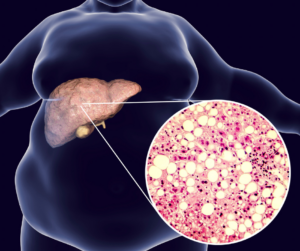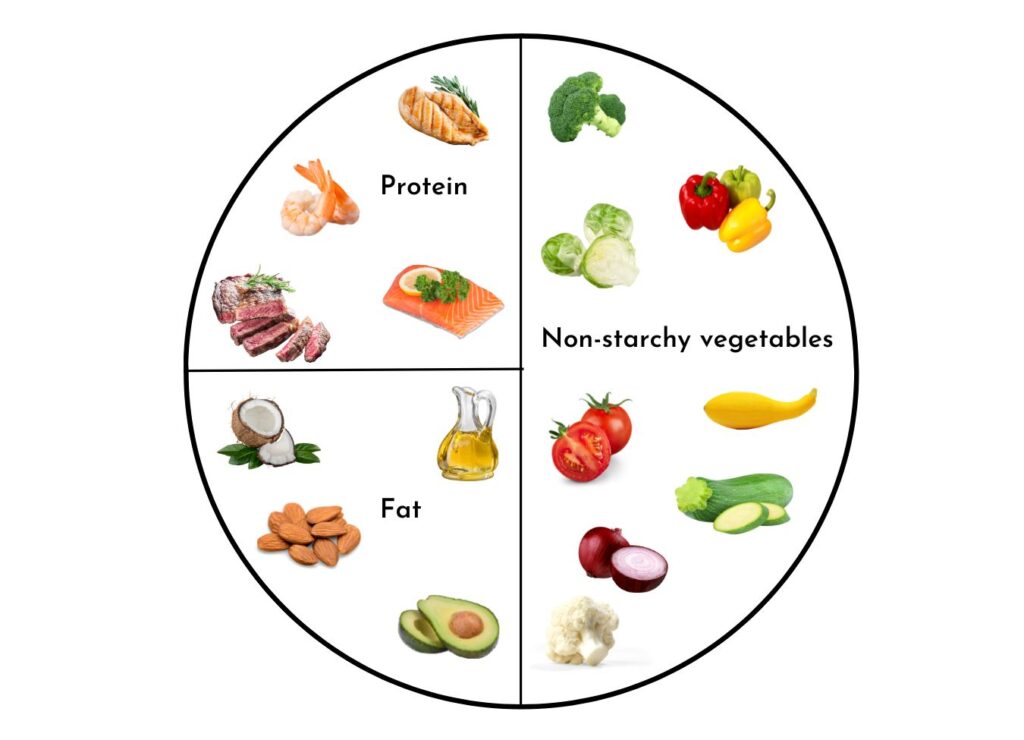Type 2 Diabetes (T2D) accounts for over 90% of the 42 million diagnosed cases of diabetes in North America alone. Odds are if you aren’t dealing with diabetes yourself, you most likely know someone who is. And millions more have no idea that T2D is brewing, undiagnosed. The sad truth is this: in most cases, T2D is entirely preventable.
Many factors contribute to the development of Type 2 Diabetes. Typically, these involve a combination of:
- High carbohydrate or high sugar/alcohol consumption
- Sedentary lifestyle
- High levels of inflammation
- Poorly managed stress
- Exposure to toxins, viruses, or harmful chemicals
- Certain medications that disrupt insulin production.
T2D is preceded by slowly creeping signs of insulin resistance. This means that the insulin receptors on your cells gradually lose their ability to use insulin in opening the door of the cell membrane to glucose. Without proper working receptors, glucose and insulin float around unused in the bloodstream, causing inflammation. In essence, the cells become starved from an insufficient supply of glucose, even though there is an abundance of it circulating in the bloodstream. You can imagine that the receptors get pummeled by a non-stop supply of glucose and insulin, so they lose their “sensitivity” to this important hormone.
Left untreated, diabetes undoubtedly has a negative impact on health. It can lead to other complications such as heart disease, stroke, or kidney failure. Treatment within the medical system usually starts with Metformin, which can help manage symptoms, but often causes stomach issues, too. Luckily, there are a number of natural solutions – such as Berberine – that can be incredibly helpful for managing and even reversing this condition.

Nutrition Recommendations
Type 2 Diabetes occurs when your cell receptors become insulin resistant and cannot process glucose. Dietary carbohydrates are the main driver of blood glucose and need to be significantly reduced. Non-starchy vegetables, protein, and healthy fat are the keys to a healthy diet. Not carbs! We suggest following a low-carb or keto diet to make steps toward reversing the condition.
Sources of carbohydrate include:
- Grains: bread, pasta, rice, quinoa, oats, crackers, cereal, grits, popcorn
- Starchy vegetables: white potatoes, sweet potatoes, corn, butternut squash, acorn squash, pumpkin, beets, carrots
- Beans, peas, and lentils
- Fruit and fruit juice
- Milk and yogurt (there’s so much sugar in yogurt!)
- Sweets/sugar: cookies, candy, cake, brownies, donuts, muffins, pastries, sugar-sweetened beverages, etc.
Simple Plate Method
If following Keto is too extreme for you, try following the Simple Plate method. The concept is to make half your plate non-starchy vegetables, one-quarter of your plate protein, and one-quarter of your plate a healthy fat. Examples of this include:
- Non-starchy vegetables: asparagus, artichoke, bell peppers, broccoli, brussels sprouts, cabbage, cauliflower, cucumber, celery, eggplant, kale, lettuce, okra, onions, spinach, zucchini
- Protein: chicken, turkey, beef, bison, pork, eggs, fish, shellfish
- Fat: avocado, avocado oil, olives, olive oil, grass-fed butter, ghee, coconut, coconut oil, nuts, seeds, cheese

Note that fat may not always be visible as a separate item on your plate. It may be the oil you use to cook your vegetables or meat. If you add a carbohydrate to your meal, choose one naturally high in fiber (beans, peas, lentils, sweet potato, or brown rice). Be sure to limit carbs to less than one-quarter of your plate!
Intermittent Fasting for T2D
Intermittent fasting offers a promising nutritional approach for managing Type 2 Diabetes. According to a 2022 study, nearly 90% of participants reduced their diabetes medication after three months of intermittent fasting.
Intermittent Fasting involves an 8-hour eating window followed by a 16-hour fasting period. It’s most convenient to skip breakfast and eat between 12 pm and 8 pm, but you can adjust the timing to suit your preference. If 16 hours seems challenging, start with a 12-hour fast—simply refrain from eating from 8 pm until 8 am the next day.

Lifestyle Interventions
Complementary and alternative therapies are essential if you’re ready to get healthy. Yoga, massage therapy, and acupuncture are just a few options to consider. All of these have good benefits for blood sugar dysregulation. Even the breathwork associated with meditation can improve circulation, mind-body awareness, and can also help stabilize blood sugar.
Regular, consistent exercise plays a crucial role in managing and potentially reversing diabetes. When you exercise, you’re enhancing insulin sensitivity, reducing blood sugar levels, and progressing towards a healthy weight. For optimal results, we recommend a balanced regimen of strength training and cardiovascular exercise. Aim for 180 minutes of gentle aerobic exercise plus 3 strength training sessions per week.

Helpful Supplements for Type 2 Diabetes:
Supplements can help manage your blood sugar naturally. Here are some of our favorites…
- Gymnema: One of the most effective herbs for managing blood glucose and insulin is Gymnema. Known to improve insulin sensitivity, Gymnema can shuttle excess glucose out of the bloodstream and into your cells. This provides much-needed fuel for your energy-depleted body.
- Diaplex: is a digestive multivitamin with chromium and glucose tolerance factor. These ingredients improve the action of insulin on the receptors. Diaplex supports three key organs of the digestive system – the pancreas, liver, and pituitary gland.
- Cod Liver Oil: a high-quality fish oil to promote cellular membrane health and reduce overall inflammation.
- Metabol Complex: a combination of Fenugreek, Black Cumin Seed, Bitter Melon, and Cinnamon. This blend modulates blood sugar levels, digestion, lipids, and helps with weight management.
If you or someone you love is dealing with diabetes or prediabetes, feel free to share this article with them! Make an appointment for personalized recommendations with Dr. Bob. We’re here to help!


